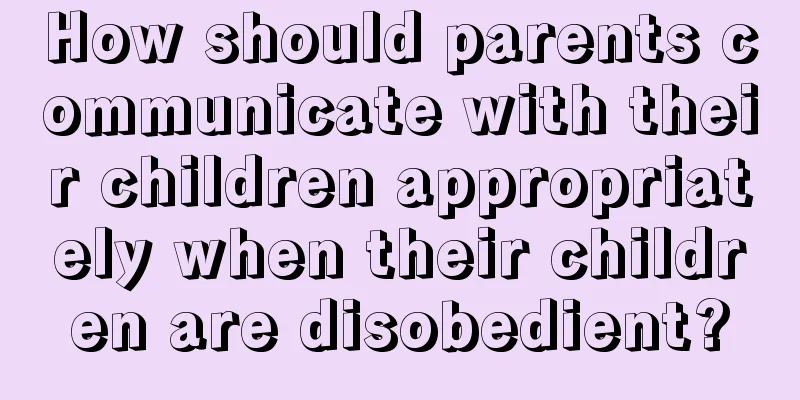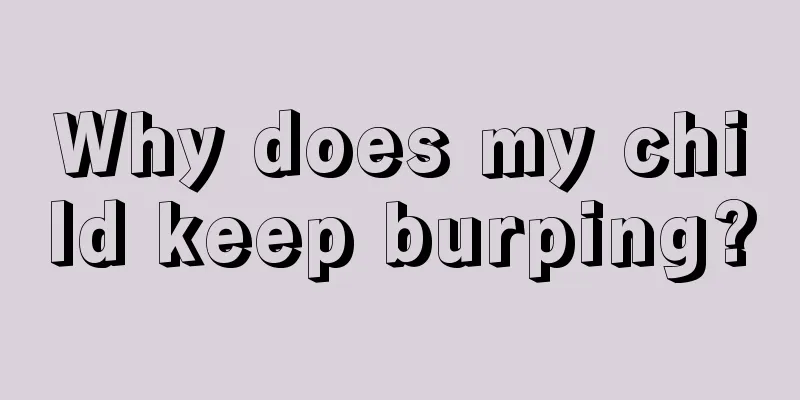Treatment of baby stye

|
Friends who have children at home will definitely be anxious if the baby around you gets a stye. Stye, also known as "stye", is an acute purulent inflammation of the eyelid. It is usually caused by uneven sebum secretion in children and is quite common. Let’s take a look at the methods of care and treatment of baby sty. Care methods: 1. You can use a clean hot towel for wet compress, 15 minutes each time, 3 times a day. 2. You can use a thread to prick the base of the middle finger on the opposite side of the child's affected eye. That is: when the child's right eye is affected, prick the base of the index finger of the left hand, and if the left eye is affected, prick the right hand. Note that the thread should not be too tight to avoid affecting the blood circulation of the child's fingers. 3. Apply eye ointment or eye drops to the affected area. 4. When the abscess matures, small abscesses will burst on their own and the pus can be wiped off with sterilized gauze; large abscesses need to be incised and drained in the hospital. After the pus comes out, apply antibiotic eye drops or eye ointment. The specific approach is: Soak a clean towel in hot water, wring it out slightly and apply it directly to the skin of the affected eye, 2 to 3 times a day, each time for 20 to 30 minutes. The temperature of the hot towel is about 45°C. Parents can first test the temperature with the back of their hands or their own eyelid skin to see if the child can accept it. If treatment is not timely, in addition to local redness and swelling, there will be systemic symptoms such as fever and fatigue. Antibiotics should be added, such as amoxicillin, erythromycin, or intramuscular injection of penicillin. For styes with pus heads, the abscess can be opened and drained after it matures. Here we would like to remind parents: when a stye matures and pus appears, do not squeeze it with your hands or pick out the pus with a needle. This is a very dangerous behavior. Why do we say this? Because the face is rich in blood vessels, which communicate with each other upward, and the blood vessels in the eyes are connected to the blood vessels in the skull. In addition, the facial veins have no valves and cannot prevent blood from flowing back. Therefore, if the stye is squeezed or picked with a needle, it is easy to squeeze the pus containing a large number of bacteria into the blood and flow into the skull, causing meningitis, brain swelling, sepsis, etc., which can often be life-threatening in severe cases. In medicine, the triangle between the eyelid and the lip above the nose is called the "dangerous triangle". Therefore, although stye is a small scabies in the eye, it should not be taken carelessly. Never squeeze it with your hands or pick out the pus with a needle. From the above we know the methods of nursing and treating baby sty. Because babies do not have a strong sense of self-protection and always like to scratch uncomfortable places, in order to prevent babies from scratching themselves, it is best for parents to put gloves on their children to protect them. |
<<: Causes of allergic dermatitis in children
>>: How to care for sty in children
Recommend
Words for rebellious children
Children will behave rebelliously after they reac...
The time of tooth replacement in children
We will all experience tooth replacement in the c...
Causes of sticky stools in babies
Often, people's poor health can be reflected ...
Can children drink bird's nest? Can children drink bird's nest?
Nowadays, many children are weak and need nursing...
Treatment for babies who always have fever at night
The problem of babies always having fever at nigh...
Can eight-month-old babies eat sheep brains?
Sheep brain is a very delicious food, and in some...
Can sepsis in children be cured?
People with impaired immune systems or those with...
How to make pumpkin porridge for children?
Pumpkin is a common food in our daily life. Since...
What should I do if my baby has diarrhea after having a fever and enema?
Nowadays, many children are always taken to the h...
What toothpaste is good for a 10-year-old?
Many factors in people's lives can cause the ...
There is a red spot on the back of the newborn's head
For newborns, many mothers will carefully observe...
Hypertrophy of proliferative tissues in children
Hypertrophy of children's proliferative bodie...
What are the treatments for babies coughing when they wake up in the morning?
A baby's cough is a protective respiratory re...
Baby's body is cold and sweaty
Many parents will find that their babies have suc...
What to do if your baby's stomach is rumbling?
In life, babies often have problems of one kind o...









